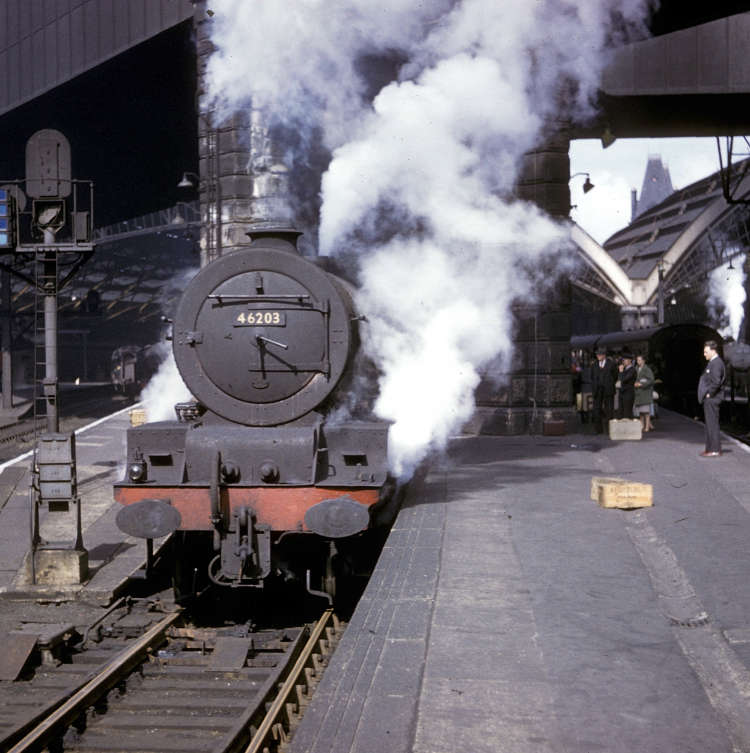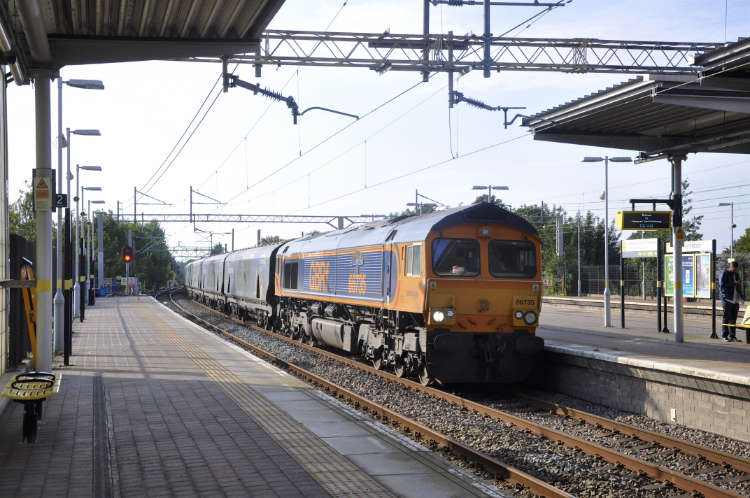
8D ASSOCIATION
The 8D Association is dedicated to promoting the history of the railways of South Lancashire, Merseyside and North Cheshire.
LNWR Liverpool Lime Street to Speke Junction.
This section covers the line from Liverpool Lime Street Station (south train shed) via Wavertree Junction to Speke Junction only. For the line between Speke Junction and Ditton Junction, refer to the Garston and Warrington Railway section.
History
The section of line between Speke and Edge Hill was opened by the St Helens and Runcorn Gap Railway on 15th February 1864 consisting of two lines only and an extension of the line that was going to Garston. Initially only two stations were opened, one at Mossley Hill (named Mossley Hill for Aigburth) and the other at Allerton. On 29th July 1864, it was incorporated into the London and North Western Railway and in 1869, with the opening of the Britannia Railway bridge across the River Mersey between Widnes and Runcorn, it became a through route from Liverpool to London.

In 1870, a new station was constructed and opened at Wavertree, near to Wellington Road. A new curve was constructed in 1873 between Allerton and Garston Dock with a passenger service commencing between Garston Dock and Liverpool Lime St. This lasted until 16 June 1947. On 13 July 1891, LNWR quadrupled the line from Wavertree Junction to Ditton Junction were the existing stations were subsequently rebuilt to accommodate the extra two lines. The following year, another new station was built at Smithdown Road and called Sefton Park, opened on 1st June 1892. The line remained like this until the mid 1950’s other than with the exception of ownership transferring to the London Midland and Scottish Railway in 1923, and than part of the nationalised British Railways on 1st January 1948. Also another new station was opened at West Allerton on 2nd January 1939.


In 2005, Allerton Station was closed but on the site, a new station was constructed and along with the closure of the nearby Garston Station, opened in mid 2006 as Liverpool South Parkway Station serving both the ex LNWR and CLC lines. During 2018, resignalling and associated work was carried out on the line which necessitated the closure of the existing signal boxes at Allerton Junction, Speke Junction amongst others, and transfer of control to the new Railway Operating Centre at Manchester. Certainly the line has a good future ahead of it.

